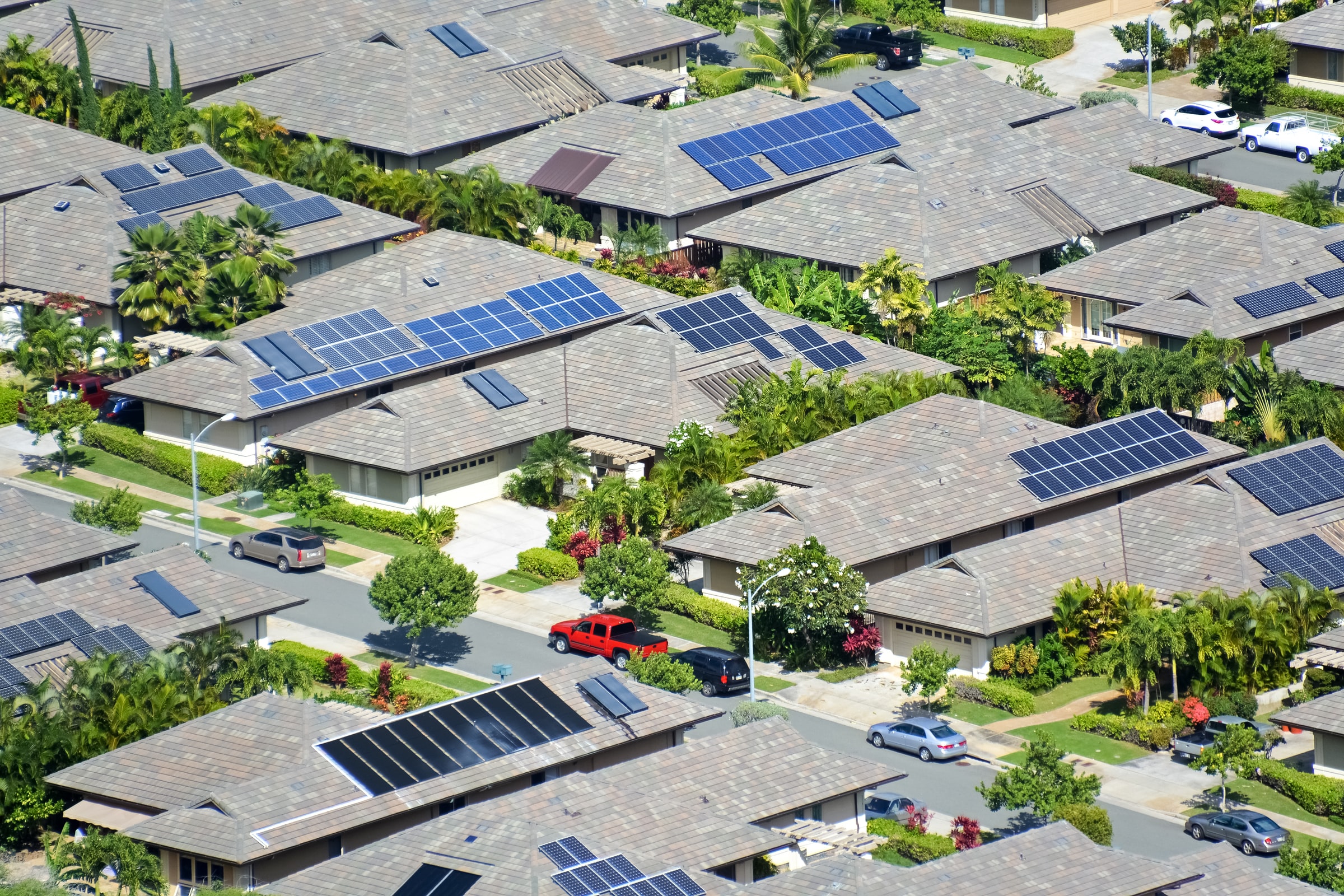Using Operating Envelopes Across Australia: Findings and Recommendations

.
Almost 1 in 3 Australian houses have rooftop solar PV. To mitigate the effects on voltages and assets, Australian distribution companies offer standard fixed export limits that (today) can be as high as 5kW per phase but, depending on the location, it can be much less or even no exports at all. While these fixed exports are needed to ensure the network is OK during very sunny hours, for the rest of the time, they can be extremely conservative and inefficient.
In the next 5 years, as Australian distribution companies enter their new regulatory periods, they will be able to offer customers flexible exports. These are time-varying export limits calculated to make the most of the distribution network and, hence, facilitate larger exports when it is indeed possible. These time-varying exports (and, in the future, imports) are known as Operating Envelopes (OEs) and can accelerate the adoption of more solar PV, batteries, electric vehicles, and even the provision of services through aggregators. However, since different distribution companies across Australia have different infrastructure and data availability, they will also end up with different ways of calculating OEs.
The CSIRO-funded project “Assessing the Benefits of Using Operating Envelopes to Orchestrate DERs Across Australia”, part of the Global Power Systems Transformation Consortium (G-PST), has demonstrated that full electrical LV network models and full monitoring of network/customers are not necessarily needed to calculate adequate OEs for areas with low adoption of flexible exports.
Join researchers from the University of Melbourne, Prof Nando Ochoa and Arthur Gonçalves Givisiez, as they present their findings and recommendations from assessing different OE implementations that could be seen across Australia. This webinar will also be the public release of GitHub repositories containing the corresponding OE algorithms. These algorithms and recommendations can assist distribution companies, system operators, and other stakeholders in Australia and around the world in their decision-making process to define the necessary infrastructure and data required to adequately implement OEs in the years to come.

Related Topics
Assessing the Benefits of Using Operating Envelopes to Orchestrate DERs Across Australia Project